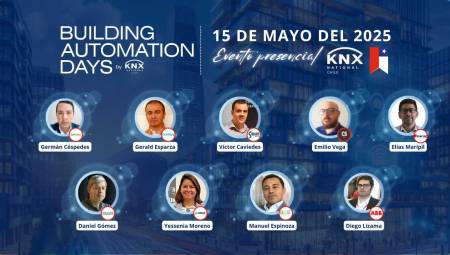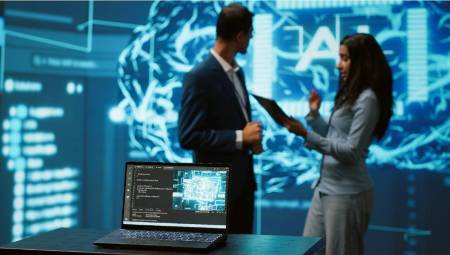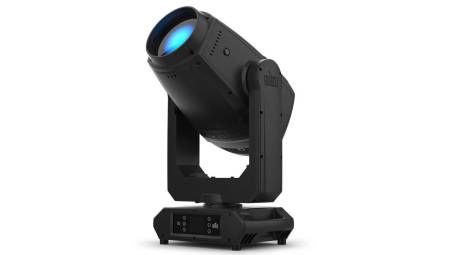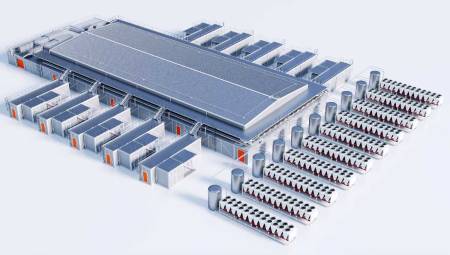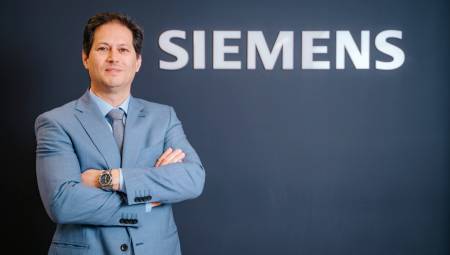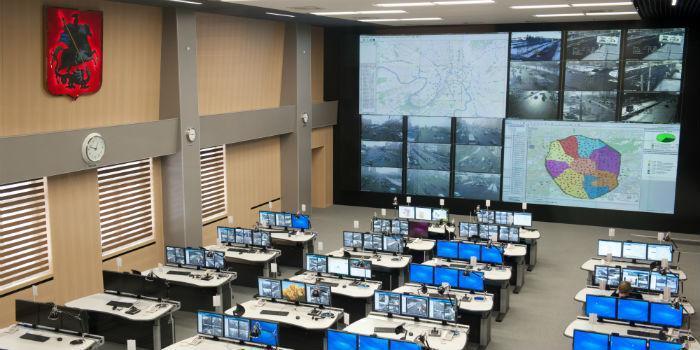 When there are budgetary constraints, LCD panels may be the most appropriate solution even if their operational life is shorter and some operational sacrifice has to be made.
When there are budgetary constraints, LCD panels may be the most appropriate solution even if their operational life is shorter and some operational sacrifice has to be made.
By Juan Carlos Chávez*
Receiving information, doing analysis, helping to maintain normality or responding to emergency situations: that is the day to day of control room environments. To carry out these tasks, the challenge is how to visualize in real time and efficiently the monitoring, verification and communication tasks that those tasks require.
To establish with what technology to support people who manage and monitor the continuity of jobs and respond to actual or potential breaches of the protocol, it is critical to determine where and how the information will be displayed.
If what is needed is to create a focal point of information for a control room equipment, especially in large formats that allow operators to clearly and simultaneously view multiple feeds of content, videowalls are the generalized solution.
There are three main categories of solid state technology used in control room video walls: LCD panels, DLP® projection cubes for LED lighting and LED display walls (LED cubes).
Any of the three technologies can be an excellent option for use in video wall displays, but to decide which category will be most appropriate to a specific application or user, we will have to look at which characteristics of each solution satisfy the main priorities of the application. Among the usual priorities of the displays of control rooms we find the following:
• Viewing angle
• Brightness
• Brightness uniformity
• Contrast
• Autobrillo and color balance
• Absence of divisions
• Image retention
• Space occupied
• Initial cost
• Total cost of ownership
• Ease of assembly
• Power
• Shelf life
• Compliance with AD standards
We intend to discuss here which technology categories offer above-average compatibility in terms of their features and help you choose the most convenient option for your application.
Viewing angle
Most video wall solutions have been designed to maximize the viewing of information when the user is not located right in front of the screen. However, by distancing ourselves from the viewing angle of the display we see that brightness and color can be affected at various levels. It is important to consult the product's operating specifications in advance to understand the impact of viewing angles on the interaction between a person and the content.
With cubes, it is usual to use optical screens, and each type of screen has its own characteristics. For LCD panels, visibility may vary depending on who the manufacturer is. In the case of LED videowalls there are no clear rules; That said, there are viewing distances recommended as optimal based on pixel pitch. All solutions offer excellent viewing characteristics, but when selecting the product it is important to ensure that the actual characteristics of the selected product meet the design requirements posed for the application.
Brightness
The brightness needs of a video wall will vary depending on what the actual application will be. An environment with excess ambient lighting – for example, a space with glazed walls – will surely require a high brightness that improves the overall contrast. However, in many control room applications an excess of brightness could be harmful to someone who spends a full working day in front of the display.
If the video wall is very bright, the operator could suffer headaches or vision problems over time; on the other hand, in low-brightness video walls, the contrast could be poor, hindering the speed and precision necessary to process the information. In typical control room applications, a nominal brightness of 250 cd/m² is indicated and reasonable. Exceeding 500 cd/m² could lead to an excess of brightness that we will be forced to reduce and manage.
If what we want is a stable brightness and uniformity throughout a mosaic matrix, LED cubes are the ones that offer the best performance. LED display walls located outdoors reach brightness peaks of up to 12,000 nits (1 nt = 1 cd / m²), although in indoor models the levels do not usually exceed 2,000 nits. Another advantage of mosaic LED video walls is their ability to clearly display content, even in conditions of high ambient light.
And that is achieved not only by the high brightness characteristic of LED cubes, but also by the high contrast ratios. The result is an extraordinary perception of the black level that causes high image contrast, even indoors with high levels of ambient lighting.
Brightness uniformity
When the brightness of each of the individual screens is not uniform, the global vision of the video wall could show an unwanted appearance of a "chessboard". Most cubes offer a uniformity rate of 95% or more, which is desirable; on the other hand, in the LCD panel the uniformity is usually not so high.
In addition, since in the LCD panels the uniformity is not measured just at the level of the bezel, it is recommended to do a test and view in advance the solution with content equal or similar to the one we are going to show, thus making sure that the product meets the expectations in terms of uniformity. The average brightness uniformity in LED displays is>97% or higher, depending on the manufacturer's LED chip specification.
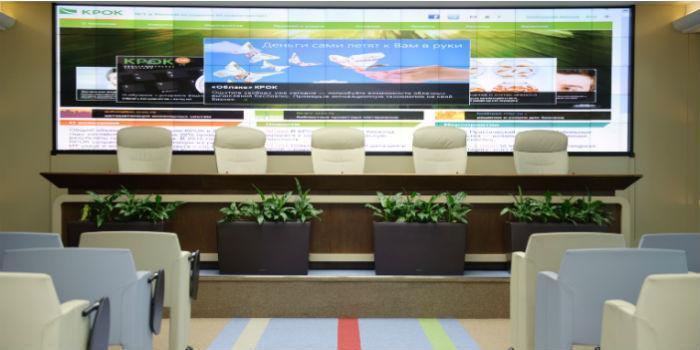
Autobrillo and color balance
When in an array of mosaic displays or in a video wall multiple displays are combined, it is essential that the brightness and color between them are well coupled and remain stable. In a set formed by several displays, our eyes are extremely sensitive to color differences, however minimal they may be.
That is why the products for videowall displays incorporate capabilities aimed at adjusting the color precisely. However, over time both color and brightness may become misadjusted or changed and need readjustments. A great advantage of the cubes is that the projection technology allows sensors and color monitoring to be incorporated into the design as standard; with this, you can constantly track the color and brightness, which are automatically readjusted without human intervention, something that takes place continuously and without the user noticing it.
LED video walls also offer the possibility of achieving a wide spectrum of color, understanding by such the range and chromatic purity that a display is capable of reproducing. In an LED display, red, green and blue LEDs emit a much narrower range of wavelengths than that of a white, broad-spectrum light source, such as a lamp, resulting in the reproduction of much more deeply saturated colors as well as an increasingly wide range of reproducible colors.
Contrast
High contrast facilitates easier and faster recognition of the information displayed and reduces detrimental effects on eyesight. An essential aspect in the design of a control room is the contrast ratio of the overall system, which must take into account the ambient light inside the room as well as the type of images to be shown on the video wall. The contrast ratio typically required in a system is>100:1.
Display products have their own contrast ratio, which is used to determine the overall contrast ratio of the system. Fortunately, the contrast ratios are usually 1500:1 in LCD panels, 5000:1 in LED videowalls and 2100:1 in cubes, in all cases suitable for most control room applications.
Absence of divisions
In a videowall display, the ideal is that it is totally free of divisions to ensure that in a mosaic matrix the viewer does not notice the transitions between the different screen units. The truth is that with the emissive products and technologies currently on sale in the market it is not a requirement that can be met 100%.
In the cubes it is possible to minimize these transitions with distances between screens of only 1 mm. That space of 1 mm is usually required by the materials that make up the screens to expand and contract due to fluctuations in temperature and humidity. In large display walls, in front of which operators and users are usually located about 3 meters away, that space of 1 mm is considered insignificant.
With LED cubes it is feasible to achieve that absence of divisions, because their design allows physical contact between them without that resulting in an increase in the distance of pixels between one cube and the next. In addition, the characteristics of the environment of the LED cubes of a typical matrix do not allow to accurately appreciate, from a normal viewing distance, the point of union between cubes.
Image retention
Most likely, a new videowall system seems brilliant, but will it be able to maintain that same level of brightness over time? If performance factors such as color uniformity, brightness uniformity and image quality are not among the top priorities of the application, the use of LCD panels can be an acceptable solution and the best in terms of value for money, especially if the application does not require 24/7 operation.
However, if what matters is the quality of the image and the maintenance of that quality for five or more years, LED-based DLP® displays are the most suitable solution. For example, in many operations centers it is not only essential to maintain operation at a high level so that operators and regular users work at ease and safely, it is also important that the videowall display is attractive and impactful for visitors and for customers who come through the facilities.
Occupied space and ease of assembly
When there are spatial limitations in the location of the videowall, the thickness of the solution could be a decisive factor. In general, most LCD panels require for their installation a space between 10 and 20 cm. deep. If space is scarce and the advantages of DLP/LED projection are also desired, DLP cubes or displays based on LED cubes will be the best option. Typically, LED cubes are quite thin, often with thicknesses of less than 4" or 100 mm.
Similarly, due to their minimum depth profile and intelligent design, LCD panels, DLP cubes and LED cubes are also easy to assemble. An interesting aspect, both of the DLP cubes and the LED cubes, is the possibility of installing them in curve or creating a display with any type of size or shape.
Initial and total cost of ownership
A big advantage of LCD panels is their low initial cost. On a display surface the cost of LCD panels can be less than 60% of the initial cost of an equivalent cube-based system.
Fixed costs, such as those derived from energy consumption, cooling or maintenance, are also important when deciding on the most suitable solution for our application. In a 24/7 or 20/7 control room, LED cubes and tiles can be expected to have a service life of six or more years. These solutions are designed to offer high reliability, low maintenance and minimal performance deterioration over time.
All displays consume energy and require cooling, needs that not all technologies solve in the same way. The energy consumption of LED cube video walls is more efficient than that of almost all other display technologies, with efficiency improvements that can exceed 400% depending on which display we make the comparison with.
Another strong point of LED cube video walls is the long life of the LED pixels themselves. Many times the life of a light source display is given by the number of hours it takes to drop to half of its initial brightness. Taking into account that parameter, LEDs last much longer than lamps, whether they are used as a light source or directly as pixels in an LED videowall.
Compliance with barrier-free guidelines
If you want to make sure your display meets your country's safe, accessible, barrier-free space guidelines and Universal Design principles, it's best to opt for a low-impact, thin-thickness display.
In Canada and the United States, displays cannot be mounted more than 4" or 100 mm from the wall if they aspire to be certified as barrier-free by the CSA (Canadian Standards Association) and the ADA (Americans with Disabilities Act) respectively. LCD panels and LED cubes are solutions that fit well in spaces where the requirements established by CSA, ADA or similar regulations must be met.
Conclusion
By informing yourself about how each solution works in relation to the most common priorities in control rooms, you can get a clearer idea of which solution will work best in your own room. Once you have minimized the list of candidates, we recommend that you do an in-depth research of the main brands to find the technological solution that best suits your needs.
*Juan Carlos Chávez is Christie's director for Latin America.





